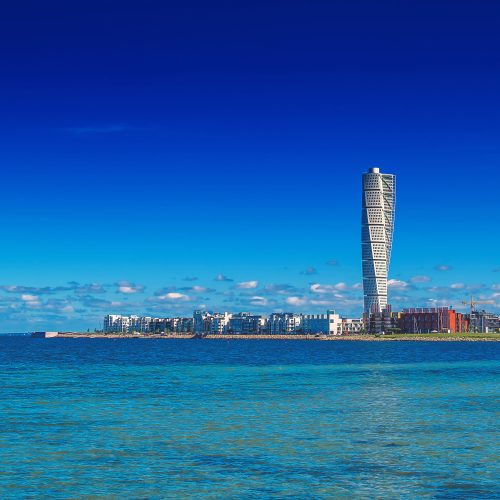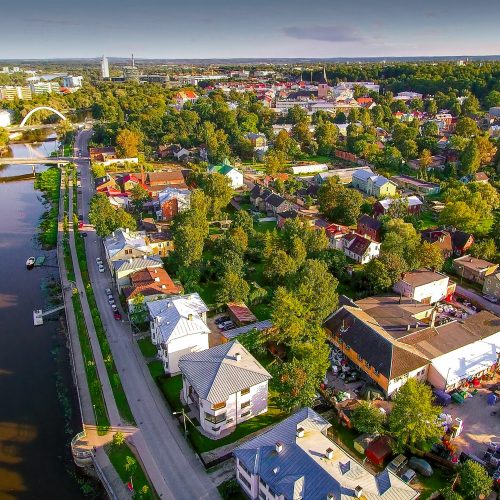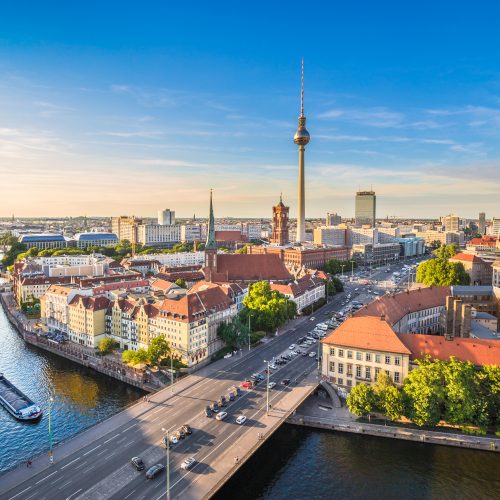Context and policy overview
In the 1990s, the industrial sector was responsible for approximately one-third of Italy’s energy consumption. Initially, the government responded by introducing rules requiring certain industrial firms and public sector organisations to nominate an energy manager.
For industrial companies, this rule applied if their energy consumption exceeded 10,000 tonnes of oil equivalent (toe) per year and for public sector organisations the threshold was set at more than 1,000 toe per year.
While the new energy managers were effective in raising awareness of potential savings from energy efficiency, industries and public bodies were not required to act in response to this newfound awareness. The situation changed in 2005, when Italy introduced a market mechanism for energy efficiency investment called the Titoli di Efficienza Energetica (TEEs, or “white certificates”). The TEE scheme obliged electricity and gas utilities with more than 50,000 customers to reach specific targets in terms of primary energy savings. The utilities could choose to deliver energy efficiency measures themselves or to purchase white certificates earned by other scheme participants as a result of energy efficiency savings. The pool of scheme participants includes all those organisations that had been required to appoint an energy manager under the earlier scheme as well as other organisations with energy management systems in place. This arrangement created a larger pool of certificate “sellers” which the utility firms could access to reduce the overall cost of their compliance. It also ensured that energy managers with the required know-how were in place in every participating organisation.
The scheme involves a 12-month baseline monitoring period prior to the proposal of eligible measures, and a 12-month post-completion monitoring and verification period before a firm or organisation submits an application for a TEE certificate.[1]
Implementation and challenges
At first, the scheme had a price cap of €100 per TEE and more than 80 per cent of the energy efficiency savings were in the residential sector.[2] In 2012, the government introduced a durability coefficient, “tau”, that allowed up to 3.36 TEEs to be earned per toe saved. Subsequently, the €100 per TEE cap was removed and the scheme was able to leverage greater investment.[3]
In 2013 Italy introduced a measure that prevented technologies that had previously benefited from other national support mechanisms from receiving support under the TEE scheme. In 2017 the durability coefficient was abolished, as it incentivised projects with a long technical life, and other incentives were introduced. The durability cofficient was replaced by a rule allowing scheme participants to front-load the attributable savings to the first half of the project’s useful lifecycle.[4]
In 2018, further modifications were made to increase the supply of certificates and to address concerns about fraud and the complexity of the scheme. These modifications included changes to the assessment of additionality; a two-year increase in the designated useful life of measures; an expansion of the project eligibility criteria; the creation of new, pre-approved standardised solutions; the flexibility to spread compliance across scheme years; and the setting of a new definition of cumulativeness.[5]
Barriers and critical success factors
To increase overall energy efficiency savings and diversify measures away from the residential sector (which dominated the early years of the scheme), incentives were increased for industrial sector investments. These included awarding a higher ratio of certificates to industry and removing the price cap for industrial sector savings which had resulted in higher market prices (€427 per TEE in February 2018, for instance).[6]
Industrial sector energy efficiency was also supported by the EU Emissions Trading Scheme (ETS), but under this scheme the carbon price was not sufficient to drive significant investment in the sector. However, the white certificate scheme was able to supplement the EU ETS and achieve higher rates of investment and savings. Regular modifications to the scheme were essential to its continuing reliability and effectiveness, although these have, at times, created uncertainty and complexity.[7]
Extensive data collection by the public Italian energy services operator GSE has helped to create a valuable database for assessment and for comparison with other schemes. Furthermore, strict monitoring and verification procedures have helped to identify and reduce fraud in the system.
Defining the appropriate target that parties are required to meet is essential to the attractiveness and effectiveness of the scheme. The wrong target could create low prices and make the scheme less attractive to voluntary members or create high prices for end-users and the potential for fraud.
Outcomes and impacts
- The scheme has resulted in cumulative additional energy savings of 25.6 million toe and annual savings of around 2 million additional toe and 6 million tonnes of CO2.
- Certifications under the scheme were initially dominated by the residential sector, which accounted for 70 per cent of certified projects in the period 2011-12. By 2017 the industrial sector represented 54 per cent of projects, due to the increase in industry-focused incentives, while the household sector’s share fell to around 14 per cent.
- In total, 5,807,831 TEEs were certified by 2017, with total primary energy savings calculated at 1.92 Mtoe. Most of those savings (55 per cent) came from cuts in primary energy use (natural gas) and a further 26 per cent from reduced electricity consumption.
Additional benefits of the scheme include the creation of around 11,000 full-time equivalent direct and indirect jobs as well as a significant increase in knowledge about good practices in industrial energy efficiency across the energy industry.















